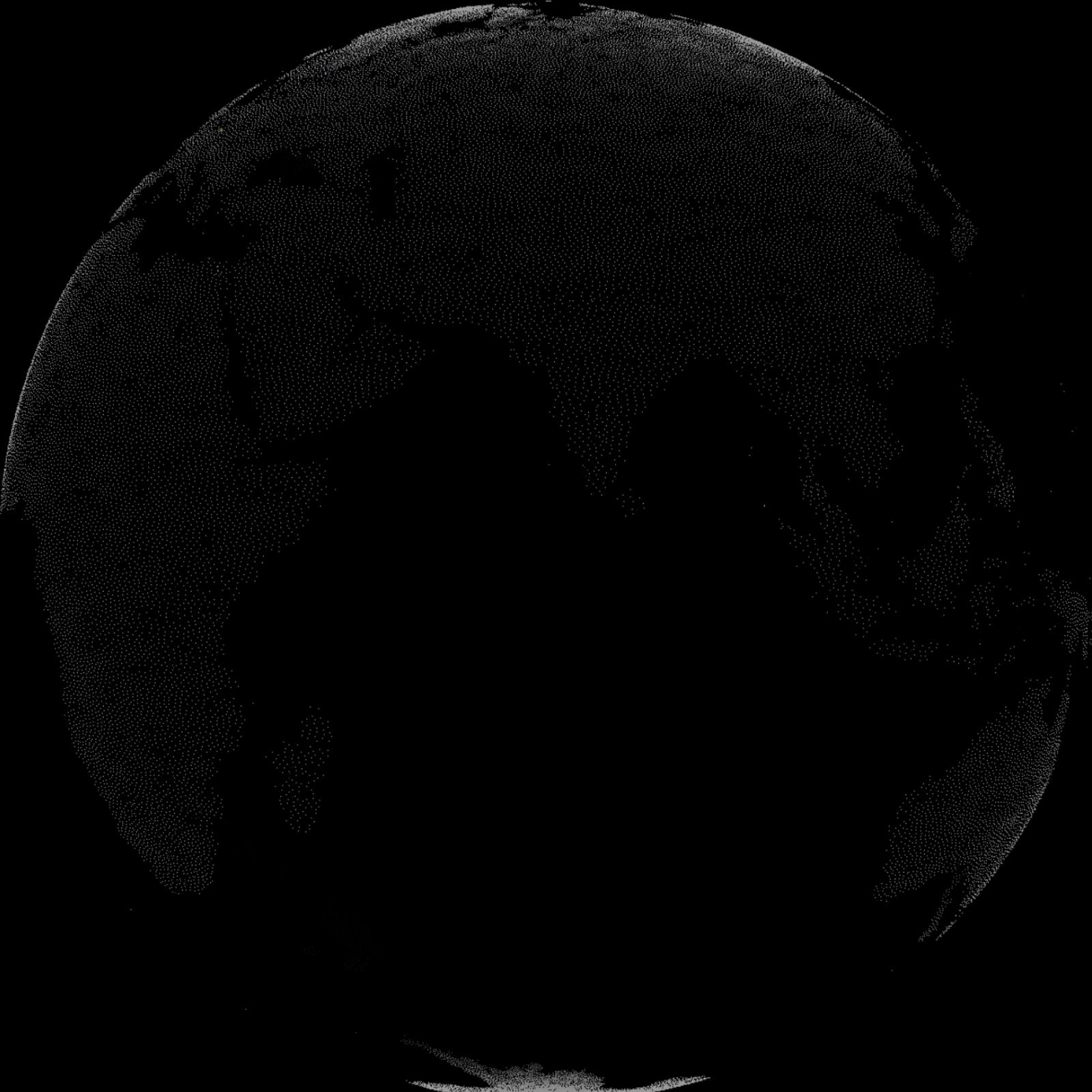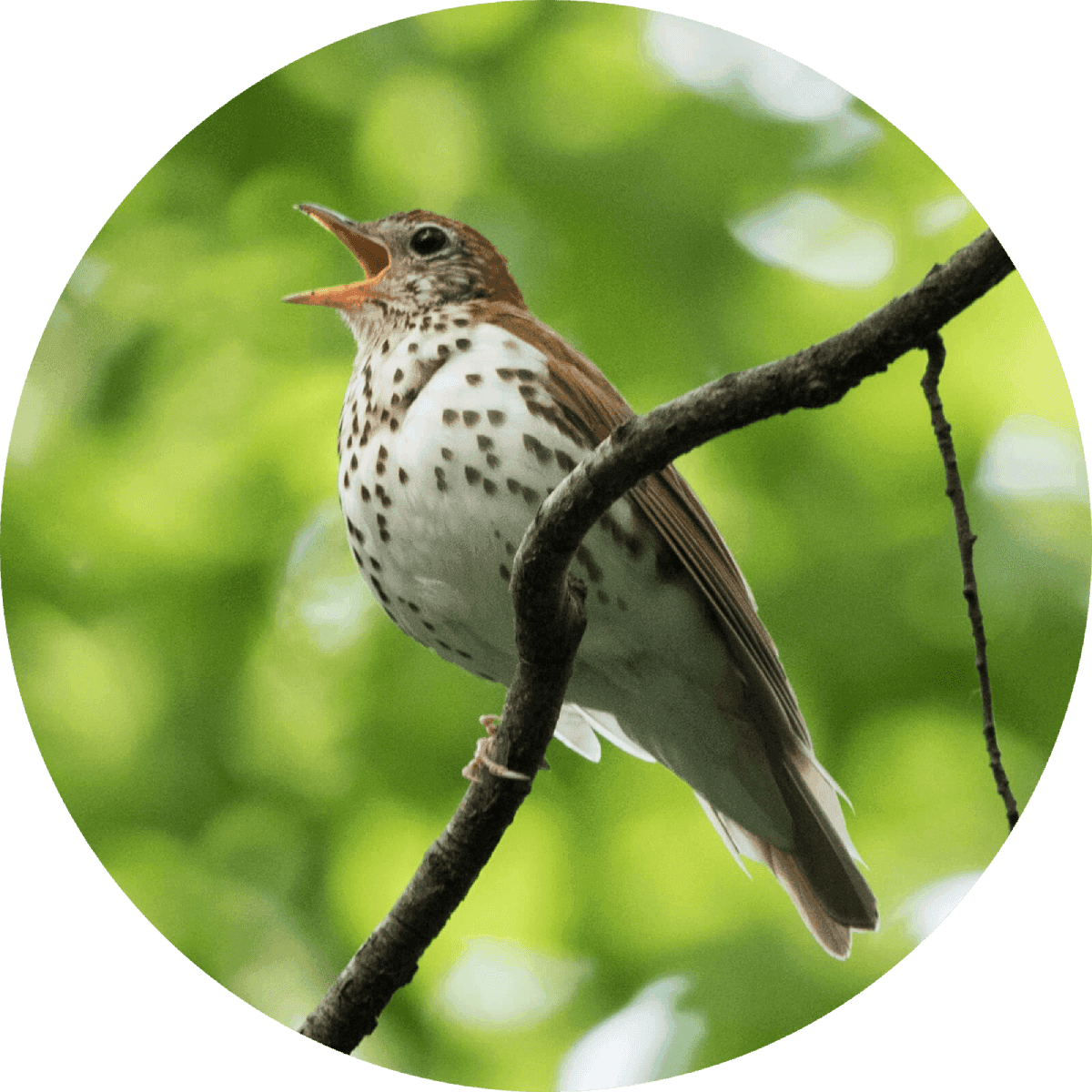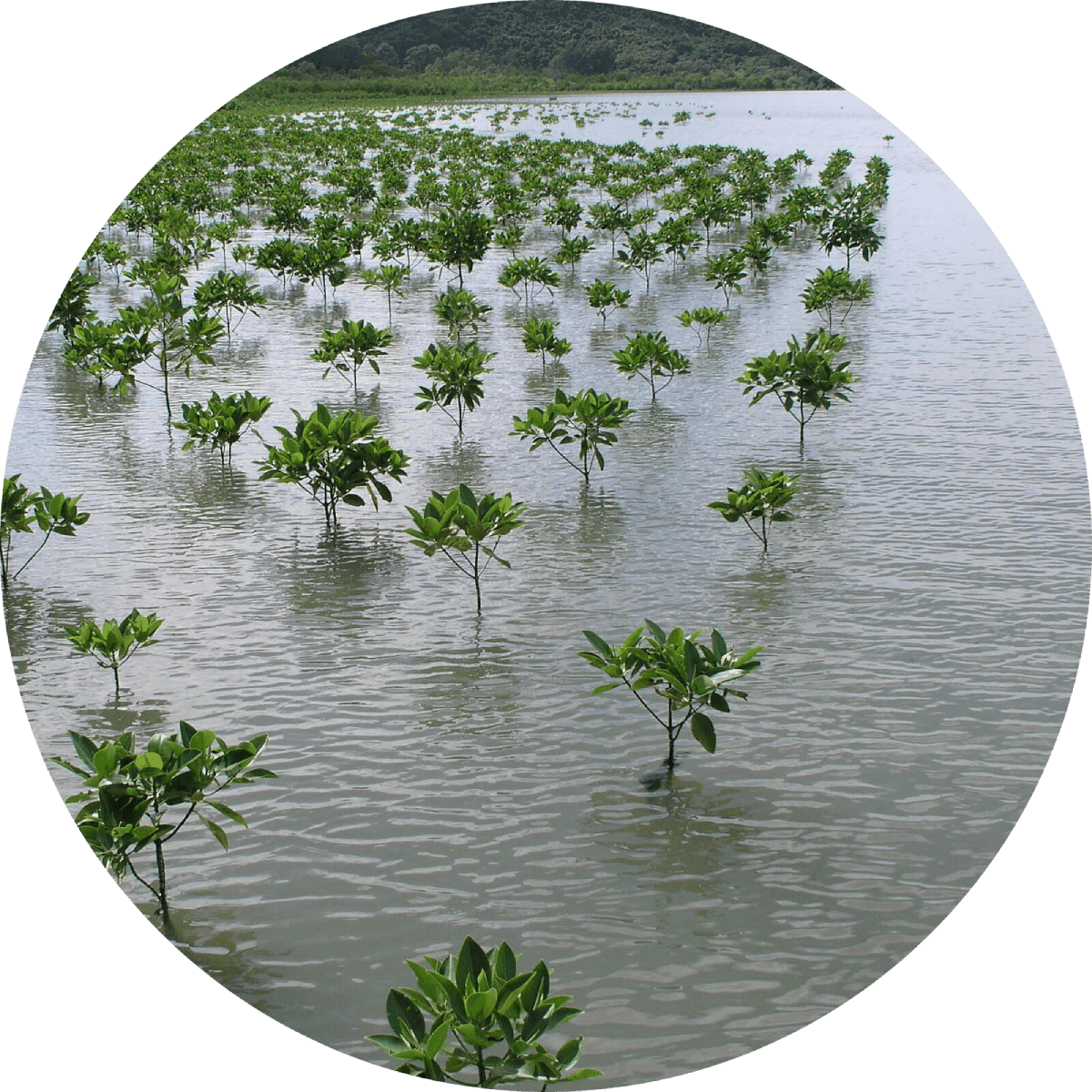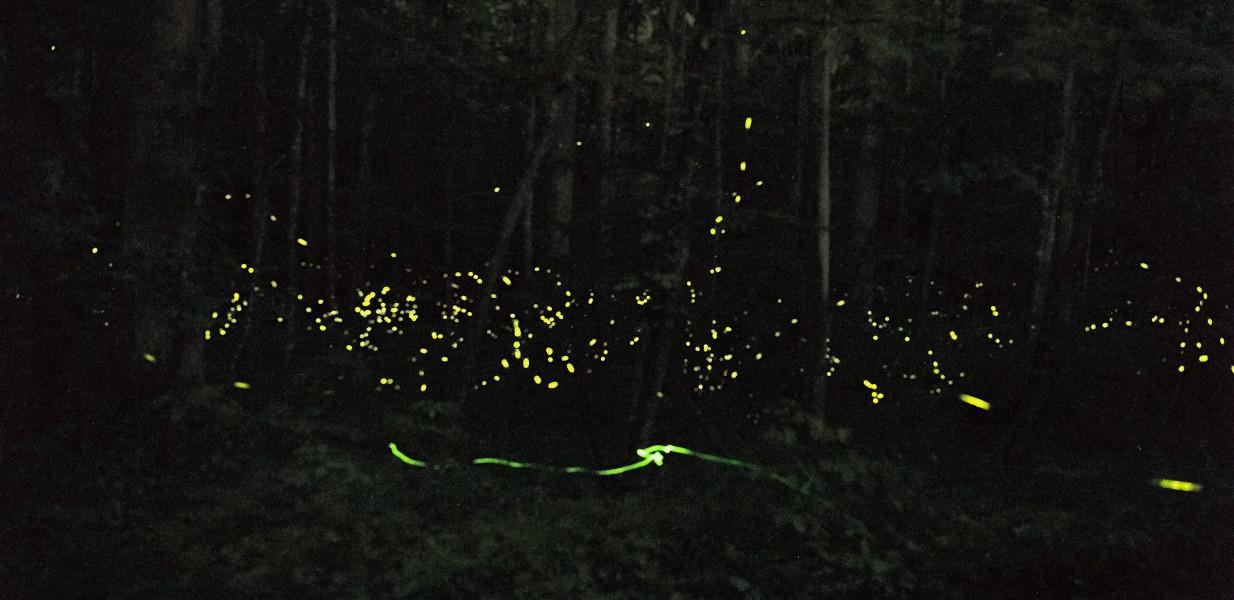BIRDS: 3 species are extinct and 15 are endangered
FISH: 3 species are endangered
MAMMALS: 4 species are extinct
PLANTS: 16 species are extinct
INVASIVE SPECIES: 6 invasive and non-native species
Most Pressing Issues
Air Pollution
Air pollution in Delhi is caused mainly by industry (power plants are the largest culprit) and 10,000 people a year die prematurely as a result.
Yamuna River Pollution
Roughly half of all the city’s raw sewage goes straight into the river.
Species Loss
Populations of wild animals including tigers, cheetahs, lions, elephants, and wolves were devastated by sport by the 1900s and the remaining populations were further diminished by urban development.
Depleted Groundwater
Aquifers are a substantial source of residential water in Delhi and are in danger of depletion on account of excessive use.
Deforestation
88.1% of land has been converted from forest in the State of Delhi. Urban development continues to reduce forest cover, despite conservation legislation.
How You Can Help
Energy and Resources Institute
The Energy and Resources Institute is a leading think tank dedicated to conducting research for sustainable development of India and the Global South.
Learn More about Energy and Resources InstituteSwechha
Swechha is a youth-focused NGO that engages in environmental issues and takes young people on pilgrimage-type trips from Yamuna’s source in the mountains to Delhi.
Learn More about SwechhaChintan
Chintan works for environmental justice with diverse sections of society, focusing on ensuring equitable and sustainable production and consumption of materials, and improved disposal of waste.
Learn More about ChintanCentre for Science and Environment
The Centre for Science and Environment is a public interest research and advocacy organization that focused on sustainable and equitable development.
Learn More about Centre for Science and Environment




